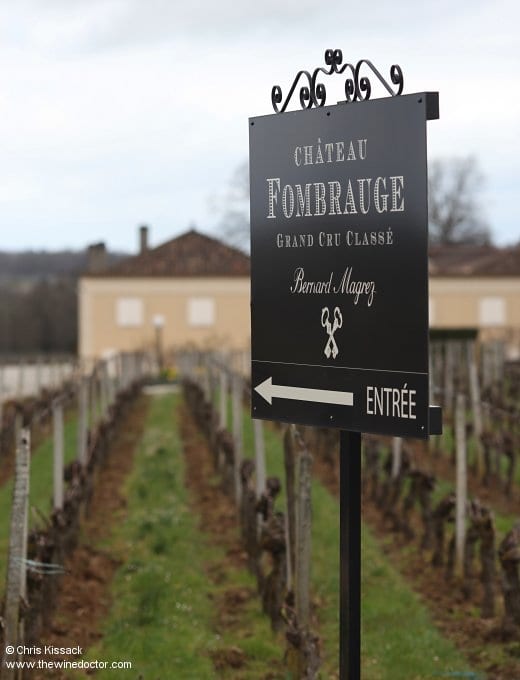Château Fombrauge
The town of St Emilion is of Roman origin, and it seems widely acknowledged that the vineyards date to the same era. Perhaps the best evidence for high-status habitation here at this time is provided by Château La Gaffelière and its glorious tesserae mosaic, now on display in the tasting room. Other tales and legends, of Ausonius and Château Ausone, and a mysterious nobleman named Figeacus and Château Figeac, add further spice to these stories.
Château Fombrauge, which lies a few kilometres almost directly east of the town of St Emilion, trumps them all though. This often overlooked estate seems to maintain a low profile, especially taking into account its illustrious history, and I sometimes wonder if it isn’t more frequently visited by archaeologists than wine enthusiasts. In 1956 they unearthed an ancient skeleton on the estate, and studies determined it dated to the 5th century BC, hundreds of years before the birth of Ausonius in 310. I have to admit, however, that mention of this skeleton here is cheating somewhat; the bones were actually discovered at Niord, to the south, in vineyards once part of the Fombrauge estate but now better known as Château Magrez Fombrauge. So if that isn’t good enough, during the 1980s another team of archaeologists discovered Paleolithic remains at Château Fombrauge. And prehistory beats everything Roman, any day.

